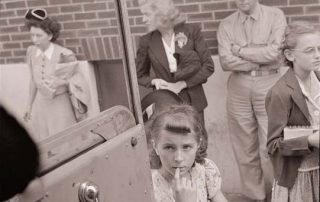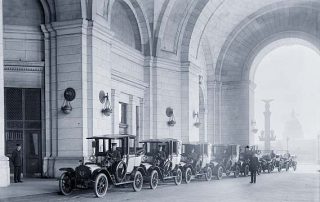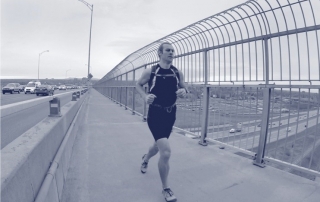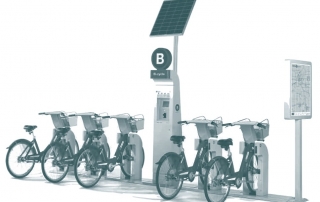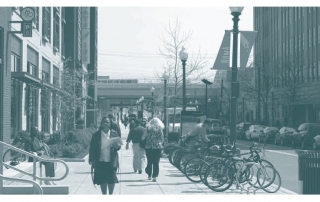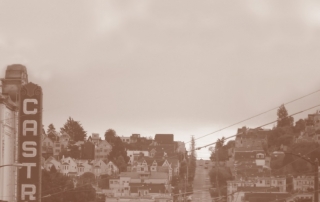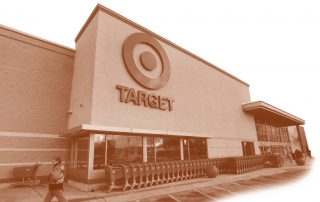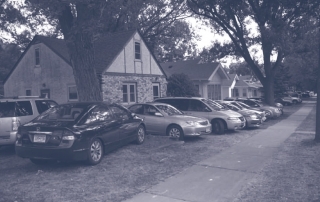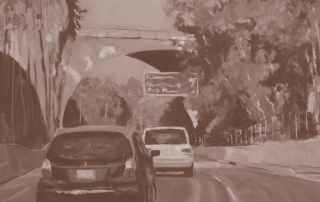Is Travel Really That Bad?
Eric A. Morris
Okay, the title of this article is a bit tongue-in-cheek, but travel does involve considerable costs. The average household spends about $8,500 per year on transportation, making it one of our biggest expenditures. Time is another cost of travel, because the roughly hour and ten minutes American adults spend traveling each day might be better spent on things like work, family, and even sleep. Travel can also be tiring, stressful, dangerous, and more.

